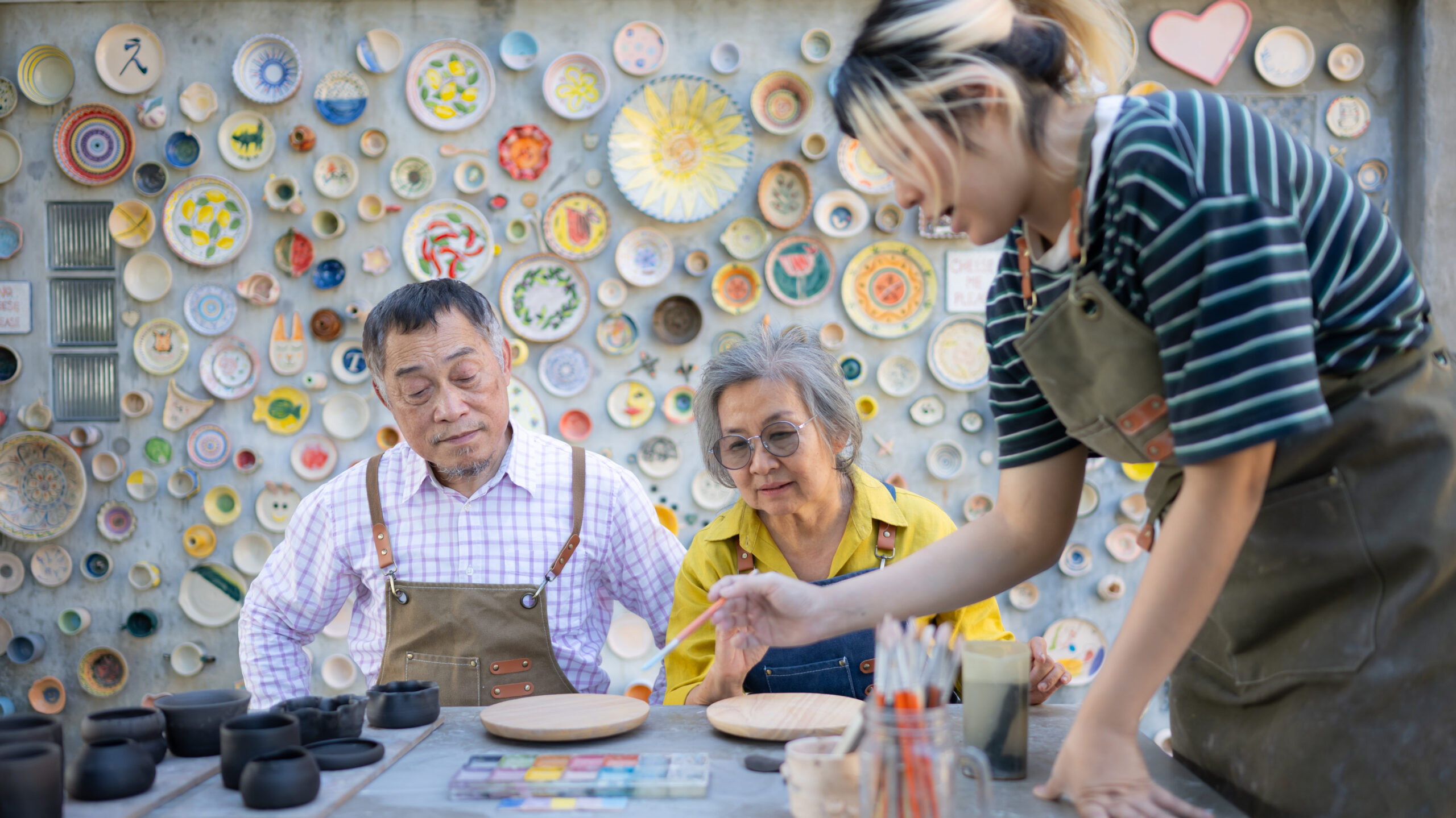Balancing Tradition, Environment, and Economy in Sri Lanka
Frontpage Journal | July 2025
Sustainability is increasingly recognized as a guiding principle across industries worldwide. For Sri Lanka’s artisan sector, which is deeply rooted in tradition and community, embracing sustainability is both a challenge and an opportunity. Craftsmanship offers a unique intersection where cultural preservation, environmental responsibility, and economic development converge. Developing a sustainable approach to craft ensures that this heritage
not only survives but thrives in the 21st century.
Traditionally, many Sri Lankan crafts have embodied sustainable principles. Artisans have used locally sourced natural materials such as clay, natural fibers, wood, and plant-based dyes. Techniques were passed down generations, shaped by an intimate understanding of natural cycles and resource management. The small-scale, manual nature of production also minimized waste and energy consumption compared to industrial manufacturing.
However, modernization and market pressures have disrupted these practices. The influx of synthetic materials, chemical dyes, and mass production methods has threatened environmental integrity and cultural authenticity. Moreover, economic pressures have pushed some artisans to cut corners, compromising both quality and sustainability.
Reorienting the craft sector towards sustainability requires a multifaceted strategy. First, reinforcing the use of natural, renewable, and locally available materials is essential. Research into eco-friendly substitutes and the revival of traditional sourcing methods can reduce environmental impacts. For example, promoting organic cotton cultivation for textile crafts or sustainable wood harvesting for carving supports biodiversity and reduces carbon footprints.

Second, waste management and circularity must be integrated into production processes.
Craft enterprises can adopt zero-waste principles by repurposing scraps or developing complementary products from byproducts. This not only reduces environmental harm but can create additional revenue streams.
Third, energy efficiency and clean production methods are key. Encouraging artisans to use solar-powered tools or low-impact firing techniques in pottery reduces dependence on fossil fuels. Access to clean technology can be facilitated through government incentives and partnerships with NGOs or the private sector.
Economic sustainability hinges on fair compensation and stable livelihoods for artisans. The sector must move beyond informal, subsistence-level production to more organized, market-oriented models that empower artisans economically. Strengthening cooperatives and social enterprises ensures equitable profit sharing and access to benefits like healthcare and social security.
Market demand for sustainably produced crafts is growing globally. Consumers are increasingly discerning about the environmental and social impacts of their purchases.
Certification schemes and eco-labels that validate sustainability claims can enhance credibility and market appeal. Sri Lanka’s artisan sector stands to benefit from developing recognized standards that certify products as sustainably crafted.
Training and capacity building play a vital role. Artisans need access to knowledge about sustainable practices, environmental regulations, and market trends. Workshops and community engagement programs build awareness and skills, enabling artisans to adapt without losing cultural identity.
Policy support is crucial. Government frameworks should integrate sustainability criteria into craft sector development plans, provide funding for eco-innovation, and promote sustainable tourism that supports local crafts. Collaboration across ministries of culture, environment, and commerce can create coherent strategies that reinforce each other.

Sustainable craft also contributes to broader environmental goals such as biodiversity conservation and climate change mitigation. Artisans often inhabit rural areas rich in natural heritage. Supporting their livelihoods aligns with preserving ecosystems and reducing rural poverty, which in turn enhances social resilience and environmental stewardship.
From a strategic business perspective, integrating sustainability into craft production differentiates Sri Lankan products in competitive markets. It aligns with global trends in responsible consumption and corporate sustainability commitments. Companies sourcing crafts can showcase their support for ethical supply chains and community development, enhancing brand reputation.
Challenges remain in balancing tradition and innovation. While sustainability requires adopting new materials and methods, preserving cultural authenticity is equally vital. Engaging artisans as partners in sustainability initiatives ensures that changes respect their knowledge and preferences.
In conclusion, sustainability in Sri Lanka’s craft sector is a comprehensive endeavor that spans environmental, economic, and cultural dimensions. It offers a pathway to preserve heritage, protect the environment, and improve livelihoods simultaneously. For leaders and stakeholders, investing in sustainable craft development promises resilient communities, competitive products, and a vibrant cultural legacy. Crafting a sustainable future is not just an ideal but a practical necessity for Sri Lanka’s artisan economy in an interconnected world.




